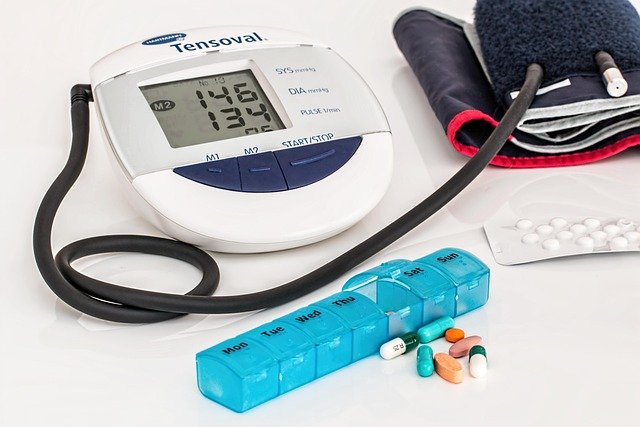Understanding Heart Failure Treatment: Options, Approaches, and Hope
Heart failure is a serious condition that affects millions of people worldwide. While the term may sound alarming, it's important to understand that heart failure doesn't mean the heart has stopped working. Rather, it means the heart isn't pumping blood as efficiently as it should. Fortunately, there are numerous treatment options available that can help manage symptoms, improve quality of life, and potentially slow the progression of the disease.

How is heart failure diagnosed?
Diagnosing heart failure typically involves a combination of medical history review, physical examination, and various tests. A doctor may listen to the heart and lungs, check for swelling in the extremities, and order blood tests to check for certain biomarkers. Imaging tests such as echocardiograms, which use sound waves to create a picture of the heart, can provide valuable information about the heart’s structure and function. In some cases, more advanced tests like cardiac MRI or coronary angiography may be necessary to determine the underlying cause of heart failure.
What are the primary treatment approaches for heart failure?
Treatment for heart failure is multifaceted and typically involves a combination of lifestyle changes, medications, and in some cases, medical procedures or devices. The primary goals of treatment are to reduce symptoms, improve quality of life, and prevent the condition from worsening. Lifestyle modifications often include dietary changes, such as reducing salt intake, regular exercise as tolerated, and quitting smoking if applicable.
Medications play a crucial role in managing heart failure. Common prescriptions include ACE inhibitors or ARBs to lower blood pressure and reduce strain on the heart, beta-blockers to slow heart rate and reduce workload, diuretics to remove excess fluid, and aldosterone antagonists to help the body eliminate sodium and water. In recent years, newer medications like SGLT2 inhibitors have shown promise in reducing hospitalizations and improving outcomes for heart failure patients.
What role does valve disease play in heart failure?
Valve disease can be both a cause and a complication of heart failure. The heart’s valves ensure that blood flows in the correct direction through the heart’s chambers. When these valves don’t function properly, it can lead to increased strain on the heart, potentially causing or exacerbating heart failure. Common valve problems include mitral regurgitation, where blood leaks backward through the mitral valve, and aortic stenosis, where the aortic valve narrows, restricting blood flow out of the heart.
Treatment for valve disease in the context of heart failure may involve medications to manage symptoms, but in many cases, intervention to repair or replace the affected valve may be necessary. This can be done through traditional open-heart surgery or, increasingly, through minimally invasive catheter-based procedures.
Are there advanced medical treatments for severe heart failure?
For patients with severe heart failure that doesn’t respond adequately to standard treatments, there are several advanced options available. Cardiac resynchronization therapy (CRT) involves implanting a special pacemaker that helps coordinate the contractions of the heart’s ventricles. Left ventricular assist devices (LVADs) are mechanical pumps that can be implanted to help the heart pump blood more effectively. In the most severe cases, heart transplantation may be considered for suitable candidates.
| Treatment Option | Description | Potential Benefits |
|---|---|---|
| Medications | Various drugs to manage symptoms and slow progression | Improved heart function, reduced symptoms |
| Lifestyle Changes | Diet, exercise, and stress management | Better overall health, reduced strain on heart |
| Cardiac Resynchronization Therapy | Implanted device to coordinate heart contractions | Improved heart efficiency, reduced symptoms |
| Valve Repair/Replacement | Surgical or minimally invasive procedures | Corrected valve function, reduced heart strain |
| Left Ventricular Assist Device | Mechanical pump to aid heart function | Improved blood flow, bridge to transplant or recovery |
| Heart Transplantation | Replacement of failing heart with donor heart | New, healthy heart for severe cases |
Heart failure treatment is an evolving field, with ongoing research into new therapies and approaches. While heart failure is a chronic condition, many patients are able to manage their symptoms effectively and maintain a good quality of life with proper treatment and care. It’s crucial for patients to work closely with their healthcare team to develop a personalized treatment plan that addresses their specific needs and circumstances. With advances in medical science and a comprehensive approach to care, there is hope for those living with heart failure to lead fulfilling lives.
This article is for informational purposes only and should not be considered medical advice. Please consult a qualified healthcare professional for personalized guidance and treatment.






